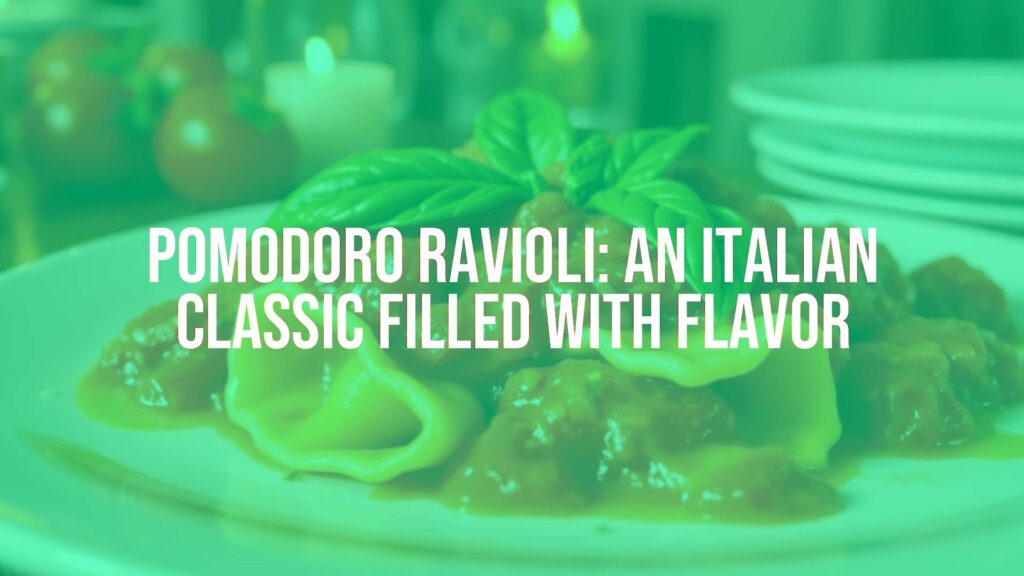Discovering Pomodoro Ravioli: Filled Pasta with a Tomato Twist
Pomodoro ravioli stands out as a beloved Italian dish that harmoniously combines the velvety texture of stuffed pasta with the simple freshness of a tomato-based sauce. While “ravioli” can be filled and dressed in countless ways across Italy, the pomodoro variant is cherished for its balanced flavors, clean presentation, and iconic Mediterranean ingredients.
The Essence and Distinctive Qualities of Pomodoro Ravioli
At its core, pomodoro ravioli consists of square or round pasta parcels, often filled with cheese—commonly ricotta—herbs, or vegetables. What distinguishes this preparation is the topping: a robust yet delicate sauce made from ripe tomatoes, fresh basil, garlic, and a drizzle of olive oil. The combination yields a dish that is simultaneously comforting and vibrant, showcasing the contrasting textures of tender pasta, creamy filling, and a silky, aromatic sauce.
Historical Roots and Regional Influence
The tradition of ravioli has deep roots in Italian cuisine, with references tracing back to the Middle Ages. While recipes differ by region, the pairing of ravioli and pomodoro sauce is a hallmark of central and northern Italian cooking, particularly in Emilia-Romagna and Tuscany. The use of pomodoro (tomato) sauce itself became widespread in the 18th and 19th centuries when tomatoes gained prominence in Italian agriculture—a culinary turning point that transformed the nation’s approach to pasta dishes.
Key Ingredients Defining Pomodoro Ravioli
The integrity of pomodoro ravioli rests on a few essential components:
- Pasta Dough: Traditionally made from durum wheat flour and eggs, rolled thin for tender yet resilient texture.
- Filling: Ricotta cheese serves as a classic base, often enhanced with spinach, pecorino, nutmeg, or even seasonal vegetables.
- Pomodoro Sauce: Made with fresh or canned San Marzano tomatoes, extra virgin olive oil, garlic, fresh basil, and a touch of salt and pepper. Some recipes incorporate a pinch of sugar to balance the acidity of the tomatoes.
Variations and Ingredient Substitutions
While the ricotta filling is traditional, many Italian families personalize their pomodoro ravioli. Variations include fillings of herbed goat cheese, mashed pumpkin or squash, braised meat, or mushrooms. For those seeking alternative options, gluten-free pasta doughs or vegan cheese substitutes can be used without compromising the dish’s appeal. The sauce itself may see enhancements like a hint of chili for heat, or a grating of aged Parmigiano-Reggiano just before serving.
Serving Suggestions and Pairings
Pomodoro ravioli shines as a centerpiece for both casual family meals and festive occasions. It is typically presented with a scattering of freshly grated cheese, a drizzle of fragrant olive oil, and sprigs of basil. Bread, such as ciabatta, is often served on the side to savor any remaining sauce.
For beverage pairings, consider a crisp Verdicchio or a light-bodied Chianti; both harmonize beautifully with the dish’s tomato-accented profile. Salads featuring arugula and balsamic glaze or simple grilled vegetables make excellent accompaniments, rounding out a classic Italian dining experience.

